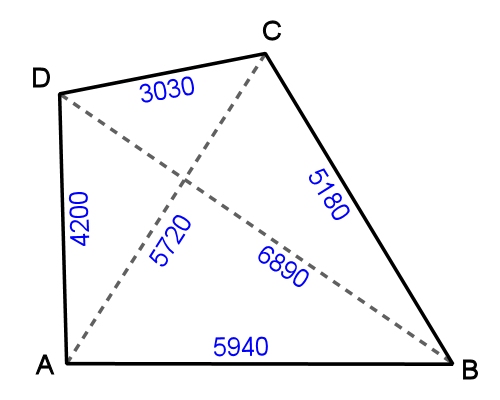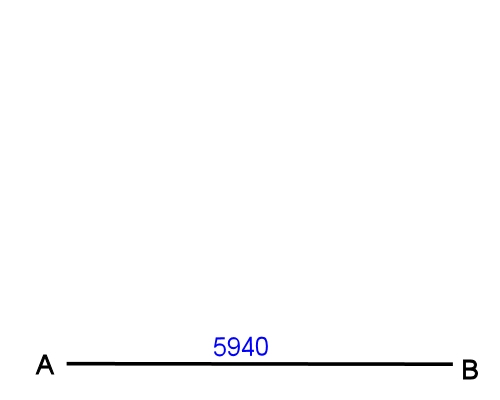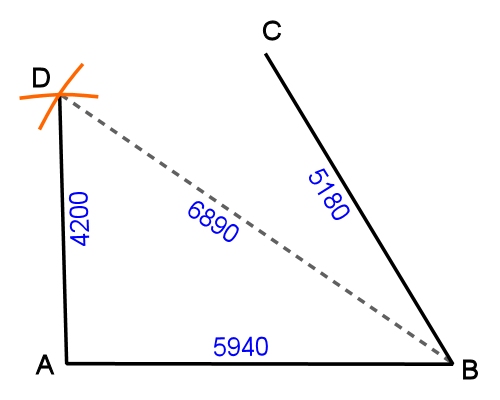Using triangulation
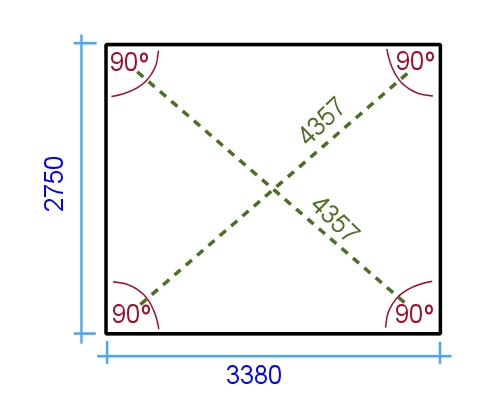 Audio for slide 1 (mp3 |6|KB)
Audio for slide 1 (mp3 |6|KB)
An angle is square if it is at 90 degrees - in other words, a right angle.
When a room is square, its opposite walls are parallel to each other, and the corners are all at 90 degrees.
The diagonal measurements are also the same, as you can see in the top drawing at right.

 Audio for slide 2 (mp3 |6|KB)
Audio for slide 2 (mp3 |6|KB)
As you know, a square has 4 equal sides.
But in building terms, any rectangular room is 'square' when its walls meet at 90 degrees.
To check a room for square, all you need to do is measure the diagonals. If they're not the same, then the room isn't square.

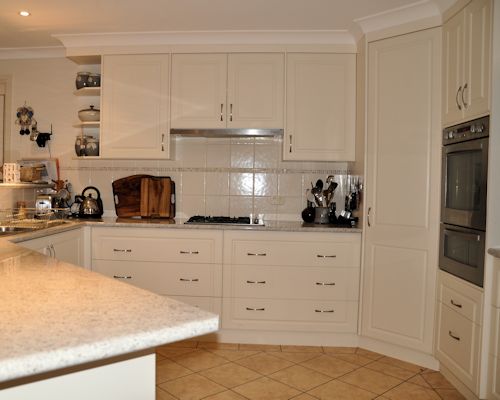 Audio for slide 3 (mp3 |6|KB)
Audio for slide 3 (mp3 |6|KB)
Odd shaped rooms
Sometimes the room will be an unusual shape or have walls at odd angles.
In these cases, you need to use triangulation to draw it accurately to scale.
While you're on-site you should measure up all wall lengths, plus as many diagonals as you need to get a good picture of the walls' relative positions to each other.
Choose one wall as your 'reference wall', and use its corners as your starting point for the diagonals.
Mark all these measurements on your proportional sketch.
Once you get back to the office, you'll need to re-draw this sketch as a scale drawing.

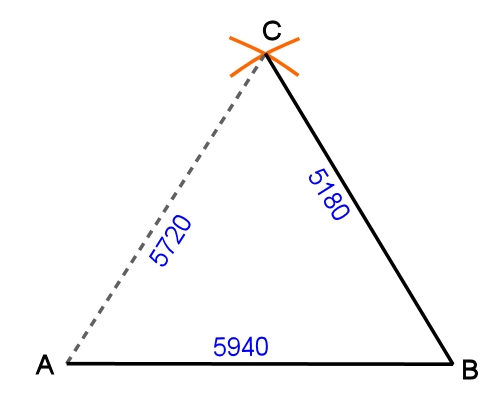 Audio for slide 6 (mp3 |6|KB)
Audio for slide 6 (mp3 |6|KB)
- Open the compass out to the distance between A and C on the scale rule - that is, the scaled equivalent of 5720 mm. Then put the point of the compass on A and draw an arc at the approximate position of C.
- Open the compass out to the distance between B and C - 5180 mm. Then put the point of the compass on B and draw an arc that intersects the first arc.
- Draw a line between B and C.


Learning activity
Audio 9 (mp3 |6|KB)Find a room with walls that meet at unusual angles, or features that change the shape and angles of the floor surface. Measure up the area and record the details on a proportional sketch.
Produce a scale drawing using the triangulation method described above. Share the finished drawing with your trainer and other learners in your group.

 Go to Measuring curves
Go to Measuring curves